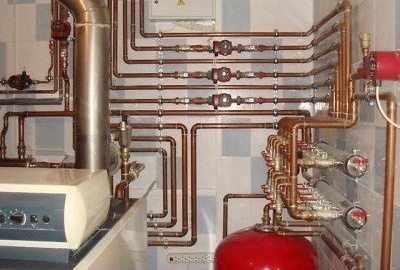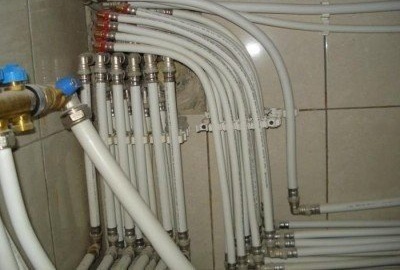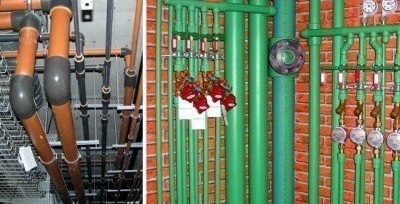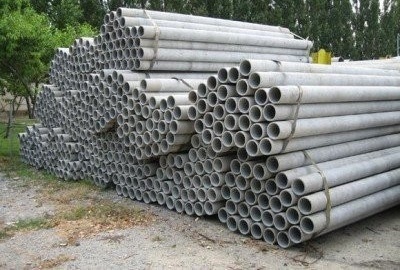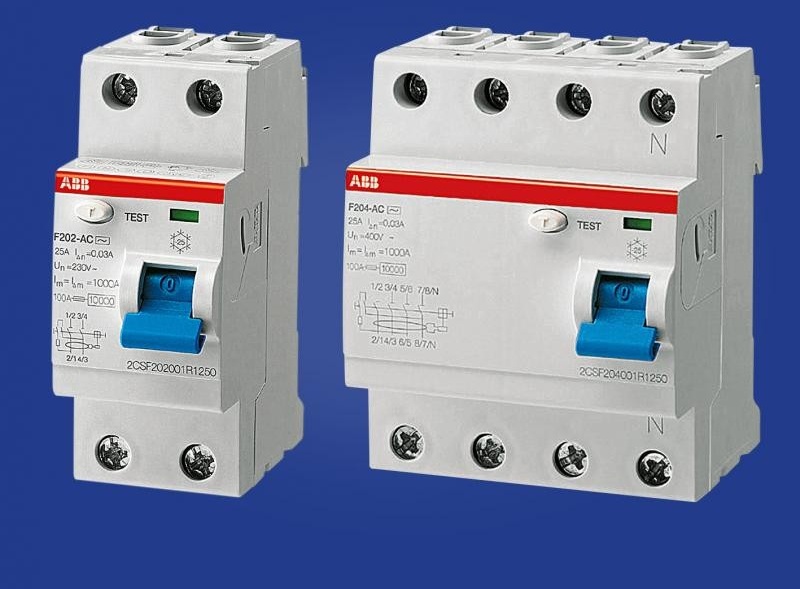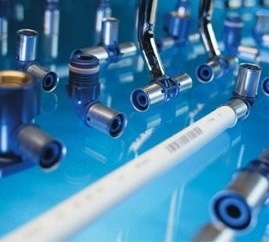What pipes to choose for water supply - analysis of 4 main types and their characteristics
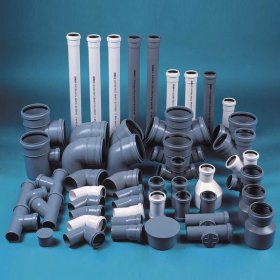
Whether we install the water supply system “from scratch” or do major repairs of outdated communications - in any case, we will have to deal with the problem of choosing pipes. The modern market, on the one hand, pleases with abundance, on the other hand, it makes you seriously think about which pipe to choose for supplying your own cozy nest. Let us analyze what types of water pipes exist, and which of them claim to be the best for water supply.
Usually, the assortment in different regions is not too different, on the shelves of plumbing or construction supermarkets you can see these types of pipes for water supply:
- steel;
- copper pipes;
- metal-plastic;
- plastic.
It is impossible to say unequivocally that one of the types is bad, and some is good, it all depends on the specific situation, operating conditions, temperature conditions in which the pipe is supposed to be used, etc.
Steel pipes: is it irrelevant?
Steel pipes do not need a long introduction, since until recently it was them that were most often used for installation of water pipes.
This material is classified as relatively cheap, in addition, in any store there is a large selection of compatible fittings. Their undoubted advantages include strength: they withstand high pressure and high temperature, but these advantages are not the most relevant for domestic water supply.

The main disadvantage of a steel pipe water supply system is its expensive and complicated installation.
At the same time, metal pipes have a bad habit of condensation. Their installation is quite time-consuming, with the help of welding or threaded connections, it requires special skills and equipment, it is difficult for independent execution. However, with quality work, such a water supply will last up to 50 years, so he has enough fans.
Disadvantages:
- Susceptibility to corrosion;
- Deposition of limescale, gradual "overgrowing" of pipes;
- High electrical conductivity;
- Time-consuming installation.
Output: steel can be used if you are reconstructing an old water supply system from the same material and do not want to “combine” it. In general, deciding which pipes for water supply is better, steel can be safely crossed out. There are more worthy applicants.
Copper pipes: effective, efficient, expensive
High-quality and beautiful (no matter how strange it sounds) water supply can be built using copper pipes for water supply. This is real chic - it is expensive, it looks great, it lasts a long time. A system of copper pipes will function without problems until 70 years. It does not deform, it is resistant to different temperature conditions.
In addition, copper has properties that are beneficial to humans.When interacting with chlorine, which is quite a lot in our water, it does not form harmful compounds.
Disadvantages:
- High price;
- Not so often found on sale are the pipes themselves and the corresponding fittings;
- Moderate mechanical strength of pipes;
- They can only be installed after a water treatment system;
- Costly and time-consuming installation (soldering is often used).
Output: if money is not a question for you, and you dream about ordinary water supply becoming an effective element of house design, then copper pipes are your choice, but they can be called the best for water supply with a stretch.
Plastic pipes: at the junction of materials
Lightweight, easy-to-use metal-plastic pipes have long been among the leaders. The three-layer construction, consisting of a metal frame, solid, perforated or spiral-shaped, coated on both sides with plastic, brilliantly withstands water shocks and temperatures up to +75 ° С.
The service life is up to 35 years, you see, a lot. Connect these pipes using fittings. The operation is not too complicated, but requires skill.
Disadvantages:
- If the water temperature is too high, the plastic may “leak”;
- Connections need to be tightened periodically;
- And the pipes themselves and their connections do not differ in high strength.
Output: metal-plastic is a good choice, especially for a summer residence. For apartments and houses today there are more practical options.
Plastic pipes: keeping up with the times
Plastic pipes are one of the most popular when installing indoor and outdoor water pipes. They have incorporated almost all the advantages of competitors: strong, cheap, durable, not subject to corrosion, the system made of them looks neat. They are easily connected even by non-professionals, using a soldering iron or special glue and fittings. Such a water supply can be fearlessly hidden in the wall, the resulting joints are tight and reliable.
“Plastic” is a common name for a number of pipes, which nevertheless differ somewhat in their characteristics:
- Polyethylene pipes are flexible and durable, do not burst when water freezes, have low thermal conductivity, and are connected by soldering. Pipes made of low-pressure polyethylene can withstand temperatures of only 0 to + 40 ° C, and those made of cross-linked polyethylene, which are more stable, can be used in the installation of both cold and hot water supply systems.
- PVC pipes are one of the most inexpensive and practical materials, they are used for both cold and hot water, and they install heating systems from them. The most rigid polymer pipes are connected using fittings and special glue.
- Polypropylene pipes have the widest scope, therefore they are the most demanded. In many respects, they are similar to cross-linked polyethylene pipes, but cheaper. They are connected quite simply with the help of coupling and butt soldering.
Disadvantages:
The joints are non-separable, you will have to cut them during the repair.
Output: Ideal for those who want a durable, practical and affordable plumbing. Installation can be entrusted to specialists, or you can perform it yourself, the technology is affordable, the tools are simple.
As it turned out, the choice of pipes for water supply is not an easy task, it is necessary to take into account a lot of nuances: operating conditions of the system, water temperature and its chemical composition, the total length of the route, pressure in it, the cost of the pipes themselves and their installation, which means that every case is necessary considered separately.
Those who plan to install the system on their own must also consider how easy it is to master the technology and what tools will be needed to work.From this point of view, the most optimal option is plastic pipes, the installation of which can be mastered even by the most inexperienced, but neat and patient home craftsman.
